October 11th, 2018 was one of the best days in Nick Hague’s life… that is, right until the moment his Soyuz rocket came apart underneath him. To be more precise, Hague’s ride to orbit failed to fall apart when it was supposed to. With their fuel expended, the Soyuz’s four side boosters were supposed to separate simultaneously, tumbling away to harmlessly impact the steppes of Kazakhstan. A sensor on each spent booster was supposed to detect the separation event and trigger thrusters to push it safely clear of the ascending launch vehicle.
Unbeknownst to Hague, one of the sensors was defective. Within a fraction of a second, the front of the faulty booster impacted the Soyuz’ core stage, triggering a catastrophic explosion. Fortunately for the rookie astronaut and his Russian crewmate, Aleksey Ovchinin, the Soyuz’ computer autonomously detected the failure and fired, whisking their capsule away to safety. During their ballistic reentry, Hague and Ovchinin endured g-forces equivalent to 6.7 times the force of gravity on Earth – nearly twice what they would experience during a normal reentry – before landing safely.
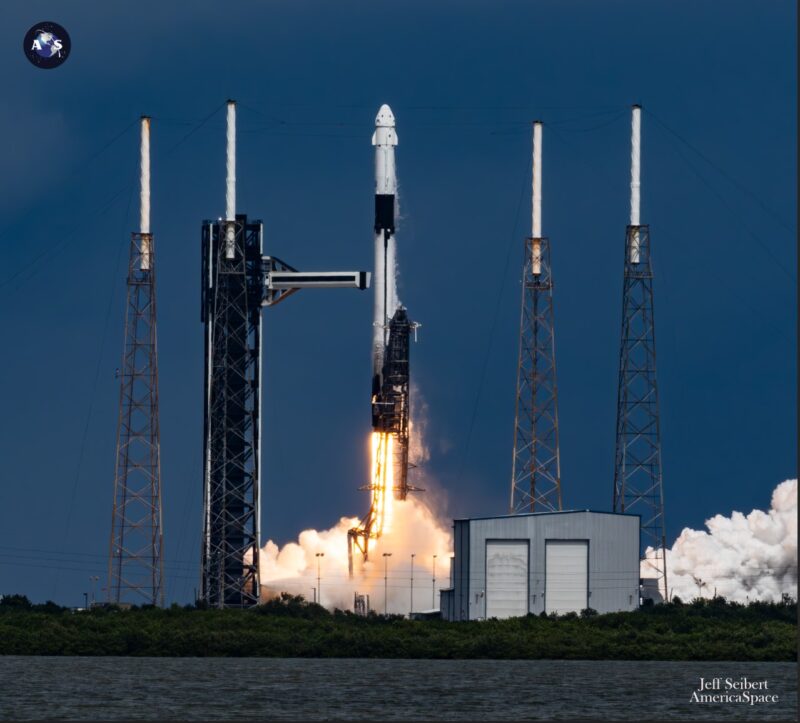
Given the relatively reliable nature of modern spacecraft, one might assume that this launch abort would be the most dramatic moment in an astronaut’s career. However, the path of life is winding and unpredictable, and it had another major surprise in store for Nick Hague. Six years after his brush with death on Soyuz MS-10, the veteran astronaut is conducting a task which is without precedent in the 60-year history of U.S. human spaceflight: a rescue mission.
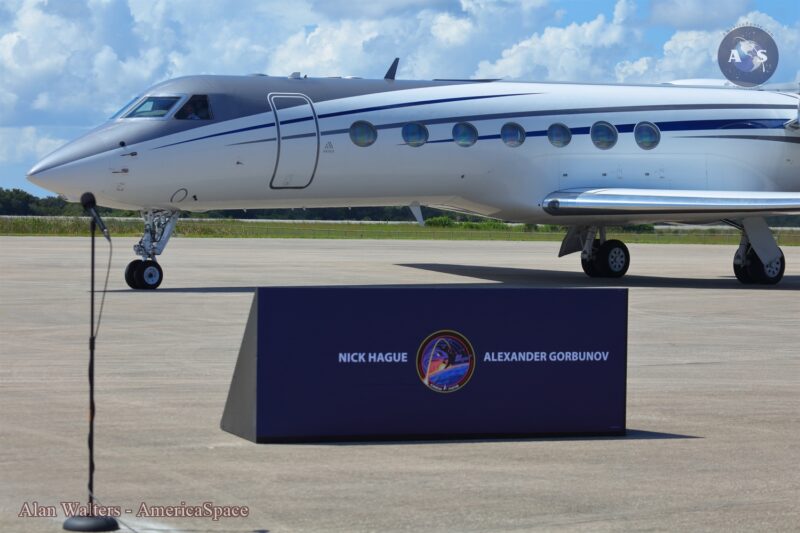
Yesterday at 1:17 PM EST, Hague sat in the commander’s seat of the SpaceX Crew Dragon Freedom as it lifted off on the Crew-9 mission. SpaceX’s youngest Dragon is slated to dock with the International Space Station at 5:30 PM todayFollow AmericaSpace for space news, history, and more!. The primary objectives of Crew-9 are to retrieve astronauts Butch Wilmore and Suni Williams, who were temporarily stranded on the ISS due to issues with their Boeing Starliner capsule, and to conduct a five-month science mission. This unprecedented assignment poses unique challenges, even for an experienced spacefarer such as Hague.
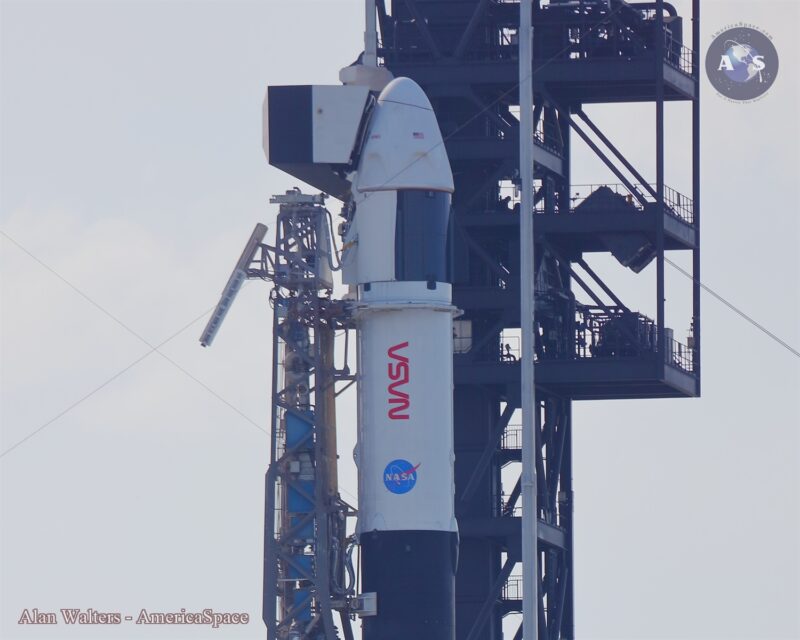
Hague arrived in this role with a wealth of experience. He hails from the small town of Hoxie, Kansas. Hague was a triathlete in high school, but he also developed a passion for mathematics. “I like puzzles, and so (math) is constantly being thrown a new puzzle,” he remarked in 2018 [1]. He ultimately decided to serve his country by joining the Air Force, where he has enjoyed a distinguished military career. As a test pilot, he flew three high-performance jets: the T-38 Talon, the F-15 Eagle, and the F-16 Viper. He also flew reconnaissance missions during the Iraq War and served in a variety of command positions.
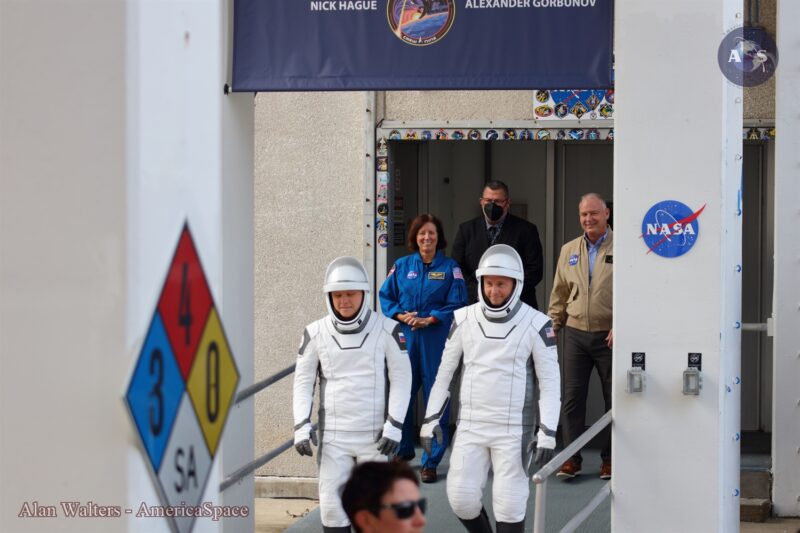
When the United States Space Force was established in 2019, Hague volunteered to transfer to the nascent military branch. Because of his background as an astronautical engineer and an astronaut, he saw a special opportunity to contribute towards defining the Space Force’s doctrine and its approach towards research and development. While military astronauts retain their rank and their commission, they are typically on permanent assignment to NASA. However, NASA and the Space Force coordinated to allow Hague to transfer to the new service for two years as its Director of Test and Evaluation. “That was just a phenomenal opportunity,” he said [2]. Along with Mike Hopkins, Hague is one of just two Space Force Guardians in the astronaut office.
Hague was selected as an astronaut in 2013 in an accomplished class which also included future Artemis astronauts Victor Glover and Christina Koch. His first mission, Soyuz MS-10, was supposed to be a standard six-month crew rotation mission to the ISS. Today, he looks back on the unexpected launch abort through a lighthearted lens. “We went up and kissed the edge of space at 92 kilometers. So, depending on who you talked to, some say you weren’t there and some say you were there. I don’t care, because I survived!” [2]
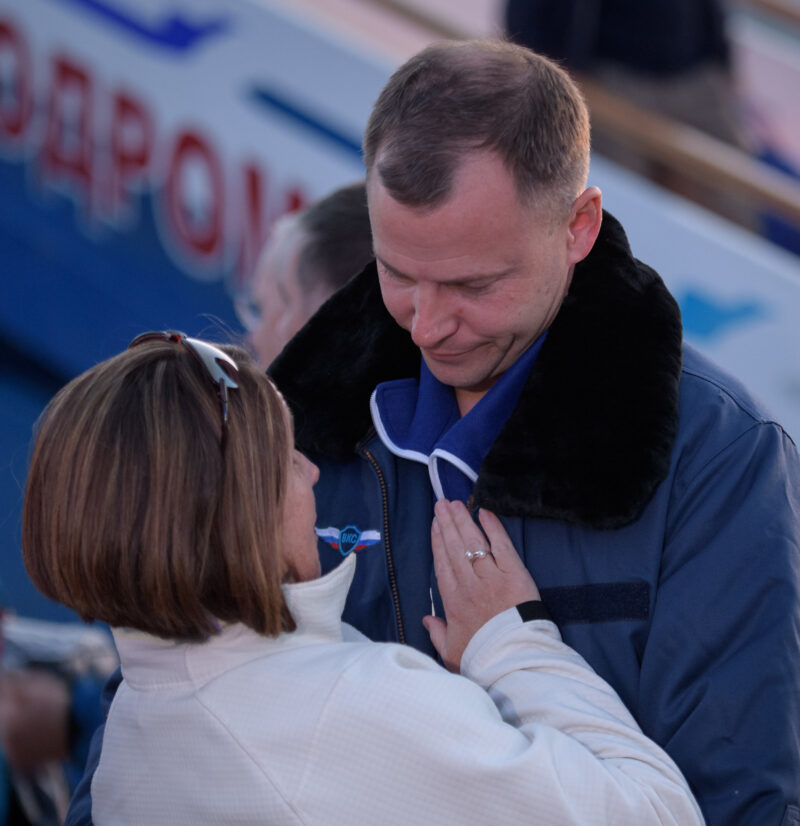
NASA Chief Photographer Bill Ingalls’ image of Hague embracing his wife following the ballistic landing instantly became iconic. It underscores what is at stake during every crewed mission, however routine it may seem to be. “NASA does a really good job of recognizing the whole person and that family and your support network are an integral part of your success. NASA responded and was there for my family. Thank you to everybody that’s there, ready to respond on those days when things just don’t go right.”
Hague didn’t need to wait long for his second flight. In March of 2019, he, Ovchinin, and Koch (who had joined the crew following the abort) rocketed into orbit inside the Soyuz MS-12 spacecraft. Happily, this mission was much smoother than his first flight. During the 202-day expedition, he completed three spacewalks and hundreds of science experiments. Most notably, the Soyuz MS-12 crew installed the third Orbiting Carbon Observatory, a JPL instrument which monitors concentrations of carbon dioxide in Earth’s atmosphere.
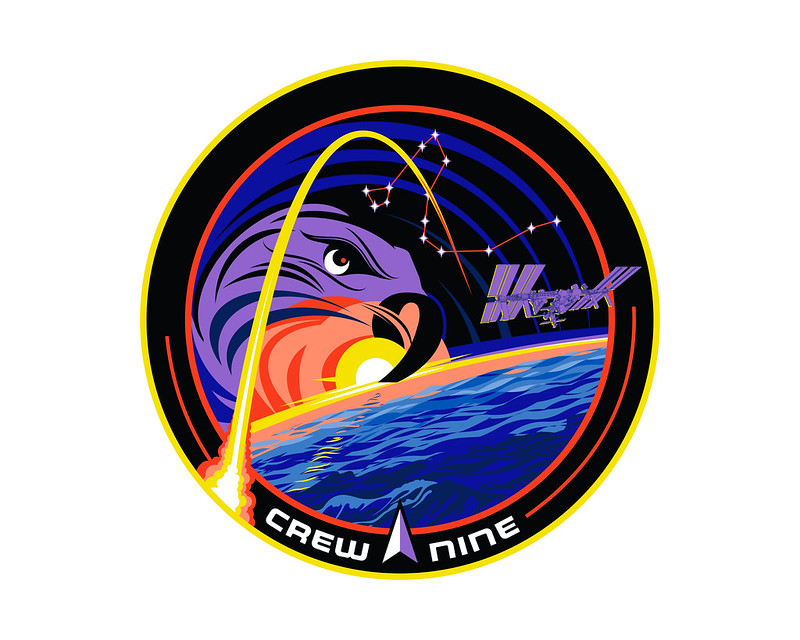
In January, Hague was assigned to serve as the Pilot of the SpaceX Crew-9 mission. His crewmates were astrobiologist Zena Cardman, engineer Stephanie Wilson, and Russian cosmonaut Aleksandr Gorbunov. The announcement was somewhat surprising because Cardman, who (unlike prior Dragon commanders) lacked a test pilot background or a previous spaceflight, was placed in command. This was an intentional, forward-looking decision by NASA. Last October, former Chief of the Astronaut Office Reid Wiseman told AmericaSpace, “(We wanted to) give people exposure to long-duration spaceflight and leadership opportunities, so that when they come back, they can lead Artemis and be valuable players.”
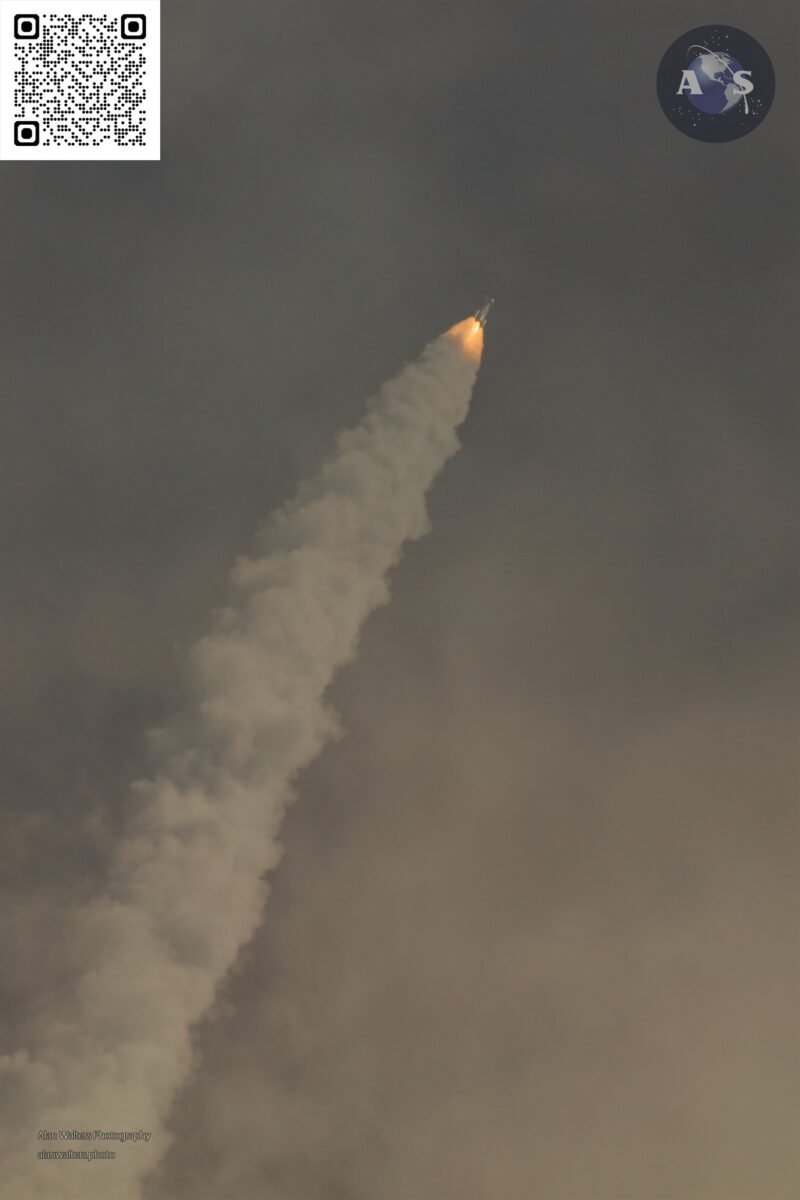
With eight operational Crew Dragon flights under their belts, NASA and SpaceX were anticipating that Crew-9 would be a textbook mission. That all began to change on June 5th when Butch Wilmore and Suni Williams launched into orbit on the inaugural crewed flight of the Boeing Starliner. “The expectation from the media should not be perfection,” Wilmore said before the launch. “This is a test flight. Flying and operating in space is hard. It’s really hard, and we’re going to find some stuff” [3].
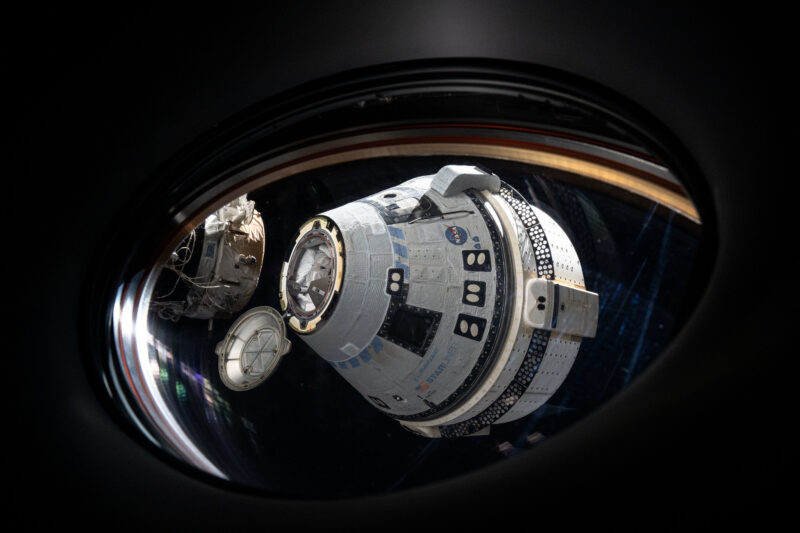
That turned out to be an understatement. One leak of helium gas, which is used to pressurize Starliner’s propellant tanks, was discovered during preflight checks. Four more appeared once the capsule was in orbit. As Starliner approached the ISS, five thrusters temporarily overheated and shut down. Both issues prompted NASA to assemble a large team of engineers with diverse backgrounds to analyze Starliner’s performance in detail once Wilmore and Williams managed to dock their capsule to the ISS. The tiger team included the NASA Engineering and Safety Center and multiple Technical Authorities selected from across NASA’s ten field centers. Initially, NASA and Boeing were confident that the CFT duo would return to Earth inside their original spacecraft.
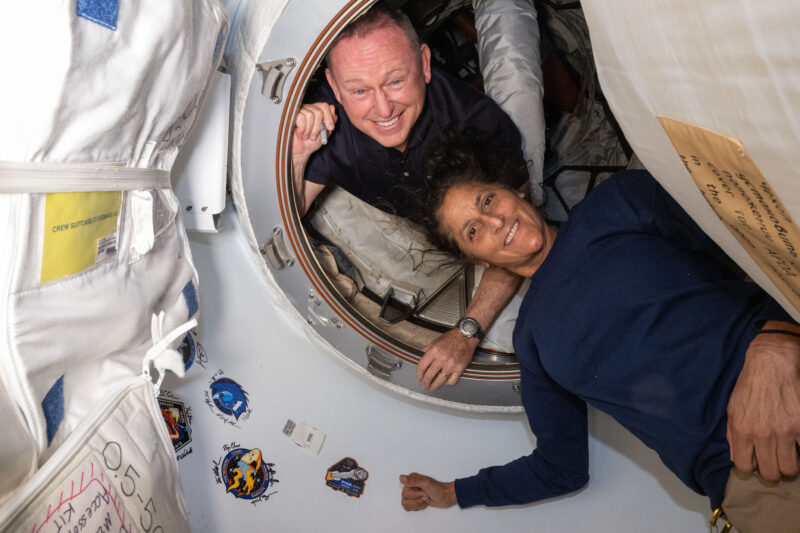
However, when the team began testing a spare Starliner service module at NASA’s White Sands test site in New Mexico, they began to make concerning observations. Using the data from the tests at White Sands, NASA determined that the thruster failures were caused by a Teflon seal called a “poppet.” The poppets in Starliner’s thrusters inflated when heated, blocking the flow of propellant to the combustion chamber. When we saw that, I think that’s when things changed a bit for us,” said Steve Stich, the manager of the Commercial Crew Program [4].
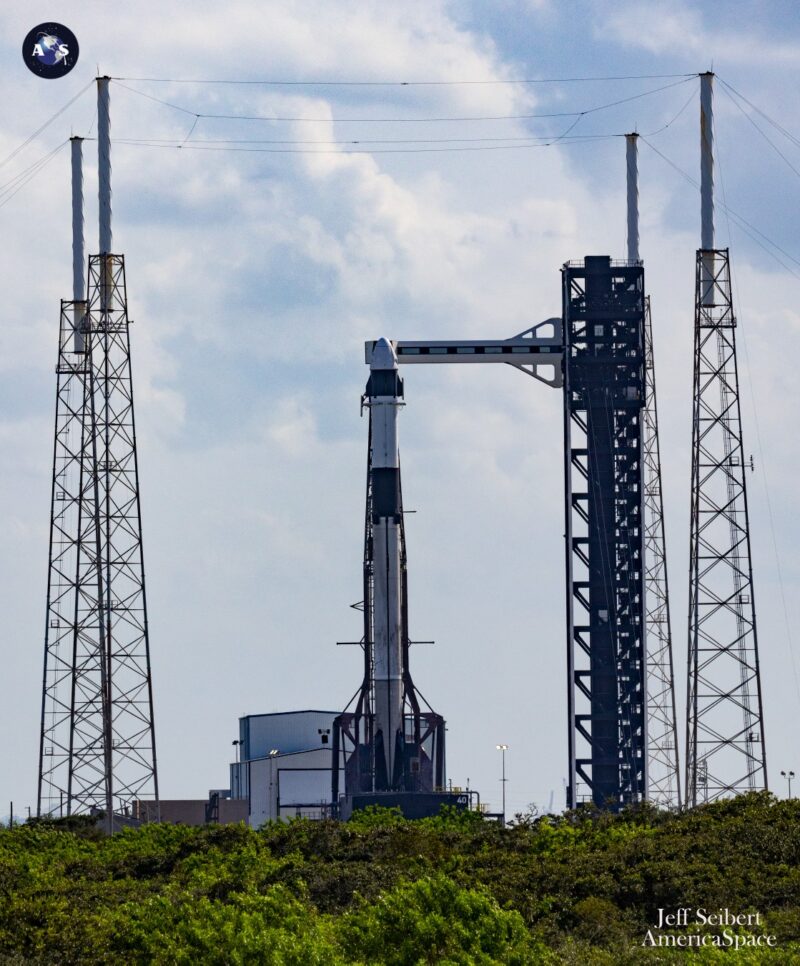
While understanding the root cause of the anomaly brought the Commercial Crew team some comfort, it also raised new questions. Notably, they could not conclude whether the rapid thruster pulses which maintain Starliner’s orientation during its deorbit burn would cause additional thruster failures, or whether the heavy usage of the thrusters during the flight to the ISS increased the poppets’ susceptibility to failure. Therefore, the NASA teams which analyzed the data unanimously voted to bring Wilmore and Williams home on Crew-9 while sending Starliner back to Earth without any occupants.
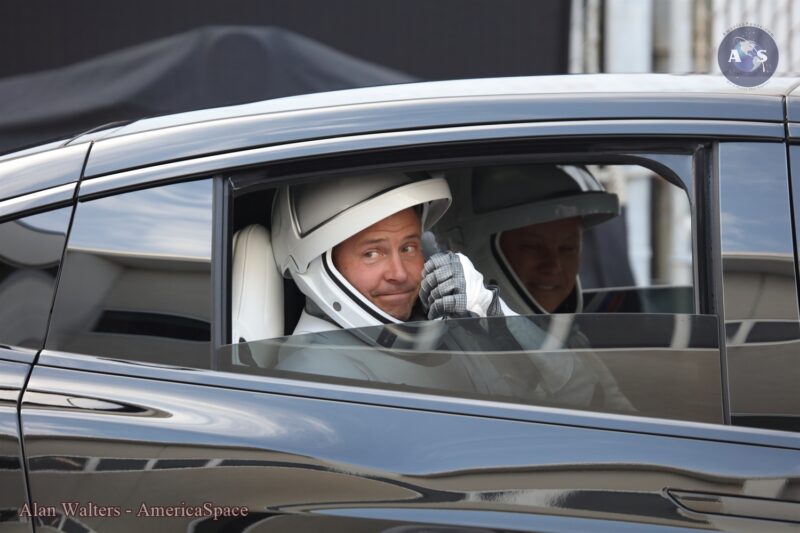
While Starliner landed safely, this was still the right decision. NASA did not compute the absolute probability of a catastrophic failure during reentry, as this is a complex, multi-month calculation. If that value was 90% or 95%, to provide two hypothetical examples, the spacecraft would land safely in a majority of cases. However, it would still be far too unsafe for astronauts, especially since a safer alternative (Dragon) was available. If anything, Starliner’s landing demonstrated that the spacecraft still has some issues to iron out, as it lost a thruster on the Crew Module and suffered issues with two of its three redundant guidance system channels.

In an initiative as complex as the ISS program, any unanticipated decision will have consequences. In this case, it necessitated the painful decision of breaking up a crew which had trained together for over nine months. Dragon has only four seats, and while astronauts can strap themselves to the cargo pallet on its floor during an emergency, this is not ideal for their health and safety. Therefore, to return Wilmore and Williams to Earth, NASA had to move two of the Crew-9 astronauts to a later mission.
Under a two-year-old seat exchange agreement between NASA and Roscosmos, the former is able to place one astronaut on every Russian Soyuz. In return, one cosmonaut is a passenger on every Dragon. Regardless of the ethical merits of this agreement in the modern era, NASA Administrator Bill Nelson was evidently unwilling to part with it, as Gorbunov was immediately assigned to fill one of the two open positions on Crew-9. This left just one seat available for a NASA astronaut.

According to Ars Technica, Joe Acaba, the Chief of the Astronaut Office, initially assigned Cardman to fill this role and keep her position of mission commander [5]. This would have allowed NASA to continue exposing its young astronauts to leadership positions, as Wiseman intended before he was given command of Artemis 2. At just 36 years old, Cardman is one of NASA’s rising stars, and she will likely play a central role in space exploration for years to come. Cardman formerly worked at the same university as this author, and while our tenures did not overlap, she was universally admired; the same is reportedly true at NASA.
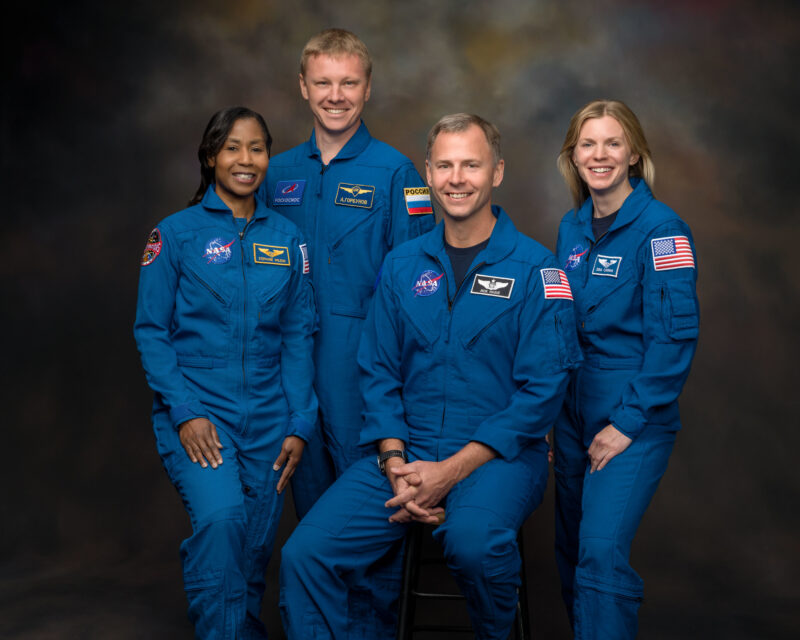
Despite this, Acaba’s recommendation was overruled as NASA scrambled to rearrange Crew-9. Based on available public information, this is the first time that a crew recommendation from the Chief of the Astronaut Office has been modified in the history of the space program, but the unprecedented nature of the situation called for unconventional measures.
Like most cosmonauts, Gorbunov has limited English language skills and speaks through an interpreter while he is on Earth. For all intents and purposes, the commander of Crew-9 will be the first American to fly in space without anyone to turn to for help since Ron Evans circled the Moon alone during Apollo 17. This led some to desire the presence of a veteran astronaut at the mission’s helm.
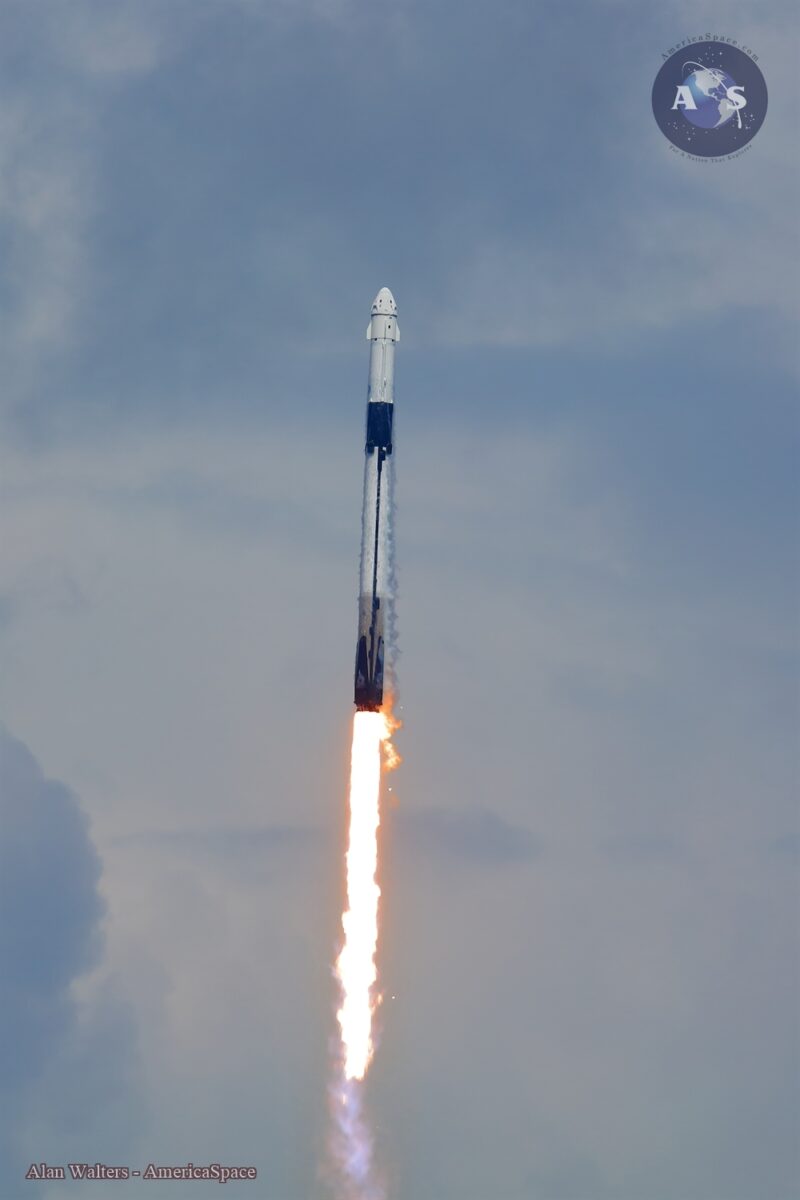
Space Adaptation Syndrome (SAS), popularly known as “space sickness,” was another concern [5]. Exposure to microgravity induces severe nausea in 50% of astronauts, and an individual’s susceptibility to the malady cannot be determined prior to flight. Despite Cardman’s talent, it was unknown whether she would be affected by space sickness; if she was, the Dragon capsule would be temporarily left without a qualified pilot. For these reasons, NASA ultimately swapped Cardman for Hague a week after it decided to return Starliner to Earth uncrewed.
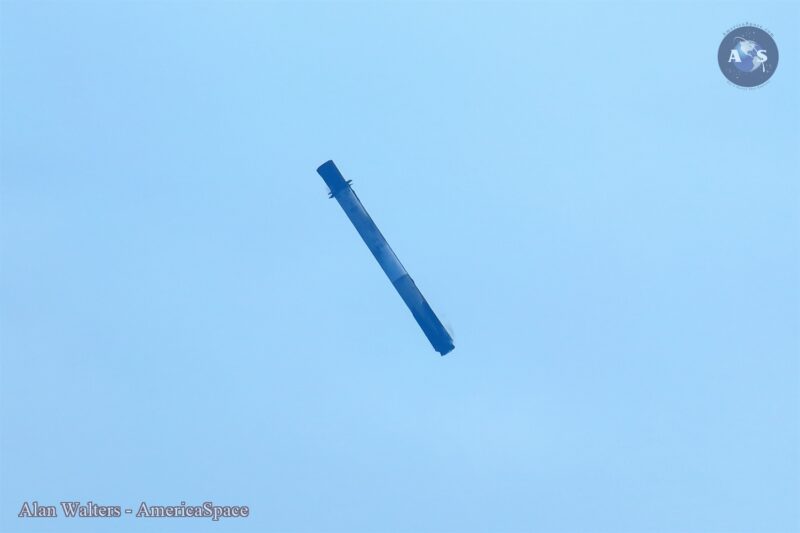
While Hague’s spacecraft remains unchanged, the unique crew complement for his mission necessitated a handful of changes to the operational plans. During a nominal mission, Dragon is designed to fly autonomously. However, if any of the automated systems fail, the spacecraft was designed to be flown by two pilots. Dragon has three large electronic displays with a row of buttons underneath them. The cockpit layout was designed so that the commander would activate some of the buttons and maneuver the capsule with their touchscreen, while the pilot would activate the remaining buttons and read telemetry off their touchscreen. Crew-9 will require unique solutions to enable effective manual control, such as training Hague to reach over and activate the controls in front of the pilot’s seat or teaching Gorbunov what the critical buttons are used for.
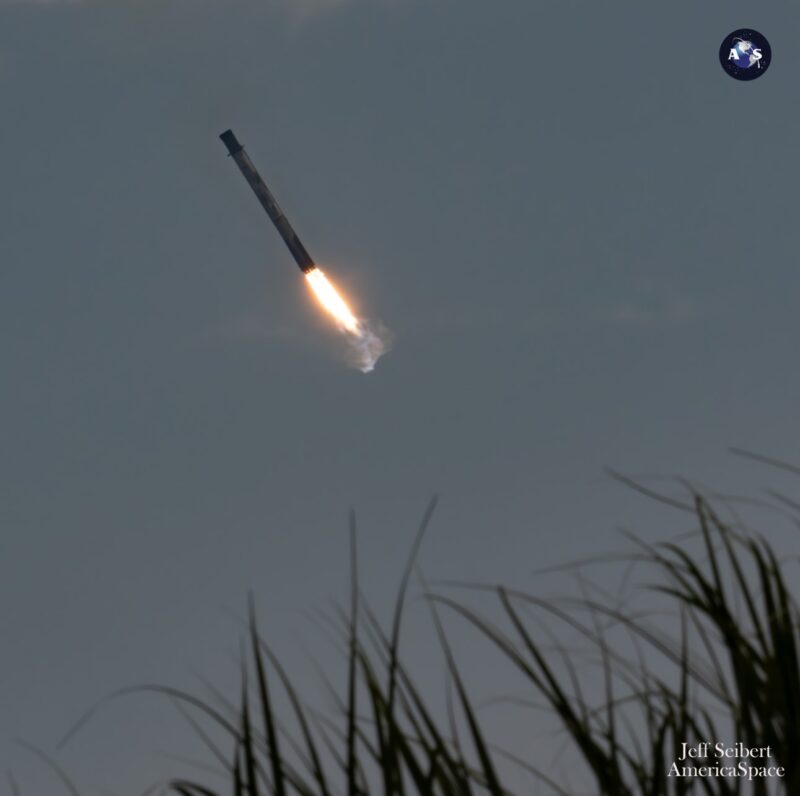
Crew-9 will be a mission of firsts. In addition to being the first American mission to rescue and return astronauts in space, it will be the first Dragon to launch with one trained operator; the first mission to launch from the new crew access tower at Space Launch Complex 40; and the first launch to feature a Space Force Guardian amongst its crew. Once they reach the ISS, Hague and Gorbunov will join forces with Wilmore and Williams. They will spend five months conducting scientific experiments and maintenance in orbit, including much-needed repairs to the NICER x-ray telescope. In February, all four crewmembers will return to Earth after being relieved by Anne McClain’s Crew-10 mission.

Some people might say that Nick Hague is NASA’s unluckiest astronaut. After all, his first mission nearly ended in tragedy, and his third was completely replanned due to a crisis in orbit. However, from another perspective, he is among the most fortunate. Hague’s two spaceflights – anomaly and all – have made him uniquely qualified to come to the aid of his two marooned friends and colleagues. Crew-9 will make Hague one of NASA’s most experienced active astronauts – and at the age of 49, he still has several years left in his career. With the Artemis program underway, it would not be surprising to see his boots one day make their mark on the lunar regolith. Life throws all of us curveballs, but if we embrace them as Nick Hague did, they can carry us to unprecedented heights.
